This guide elaborates on some of the common practices in bash programming.
Bash scripting
Bash is a shell program that’s responsible for interpreting and executing commands. Besides executing manual commands, bash also supports scripting. These scripts are a set of commands declared in a text file. Bash scripting is a simple and accessible programming language to learn on Linux. It’s a requirement if you’re interested in system administration jobs.
Like any other skill, persistence and repetition will help you improve. While there are no fixed set of rules, here are some of the habits that can considerably enhance your script quality.
Proper indentation
Indentation is a big part of coding. Proper indentation is paramount to have a readable and maintainable code.
Proper indentation can be a lifesaver if you’re working with multiple levels of logic. Indentation makes it easy to recognize the logic layers.
Here’s an example multi-logic script with proper indentation.
read -p "Enter a value " var_x
if [ $((var_x%2)) -eq 0 ]; then
exit 0
else
exit 1
fi
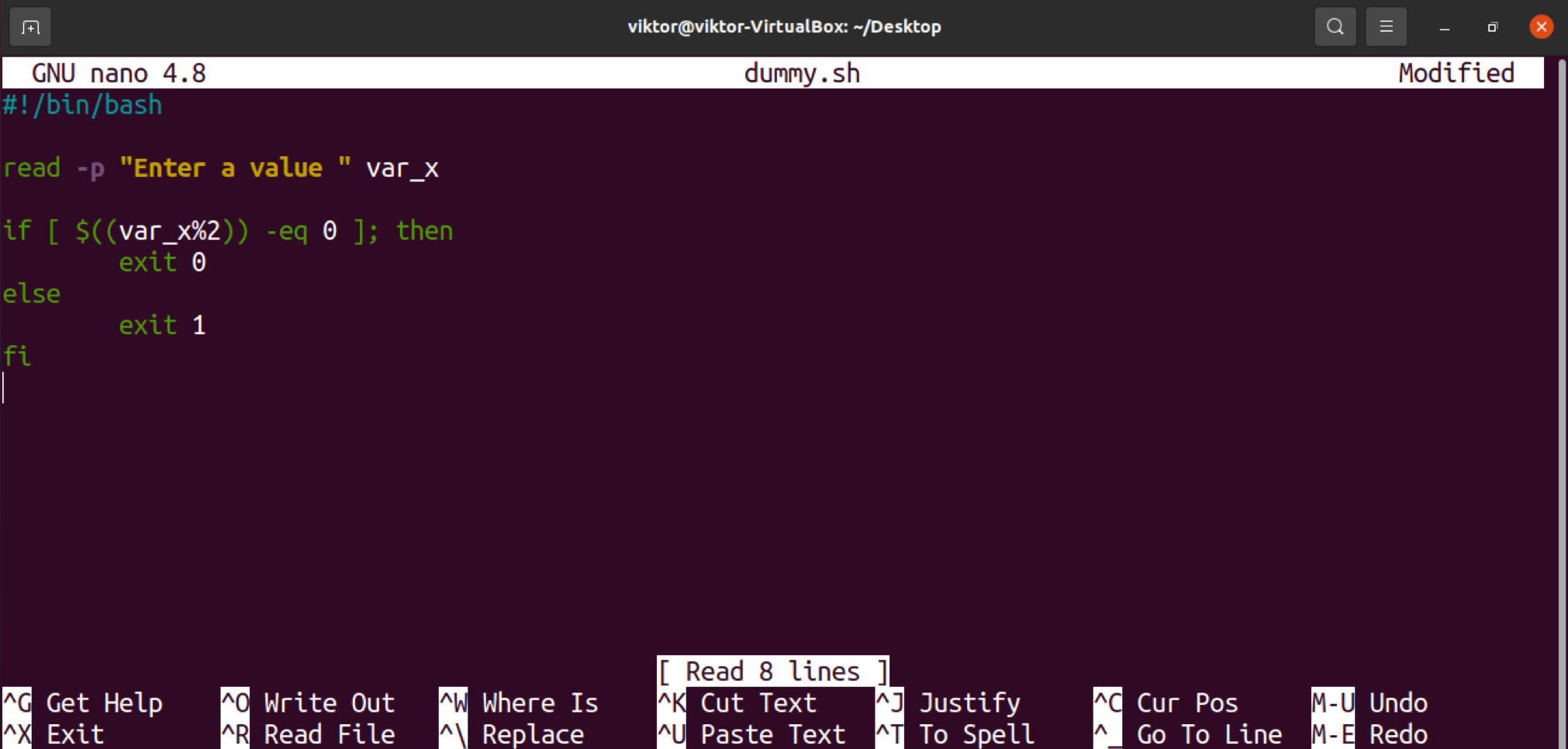
Here’s how the code will look like without proper indentation.
read -p "Enter a value " var_x
if [ $((var_x%2)) -eq 0 ]; then
exit 0
else
exit 1
fi
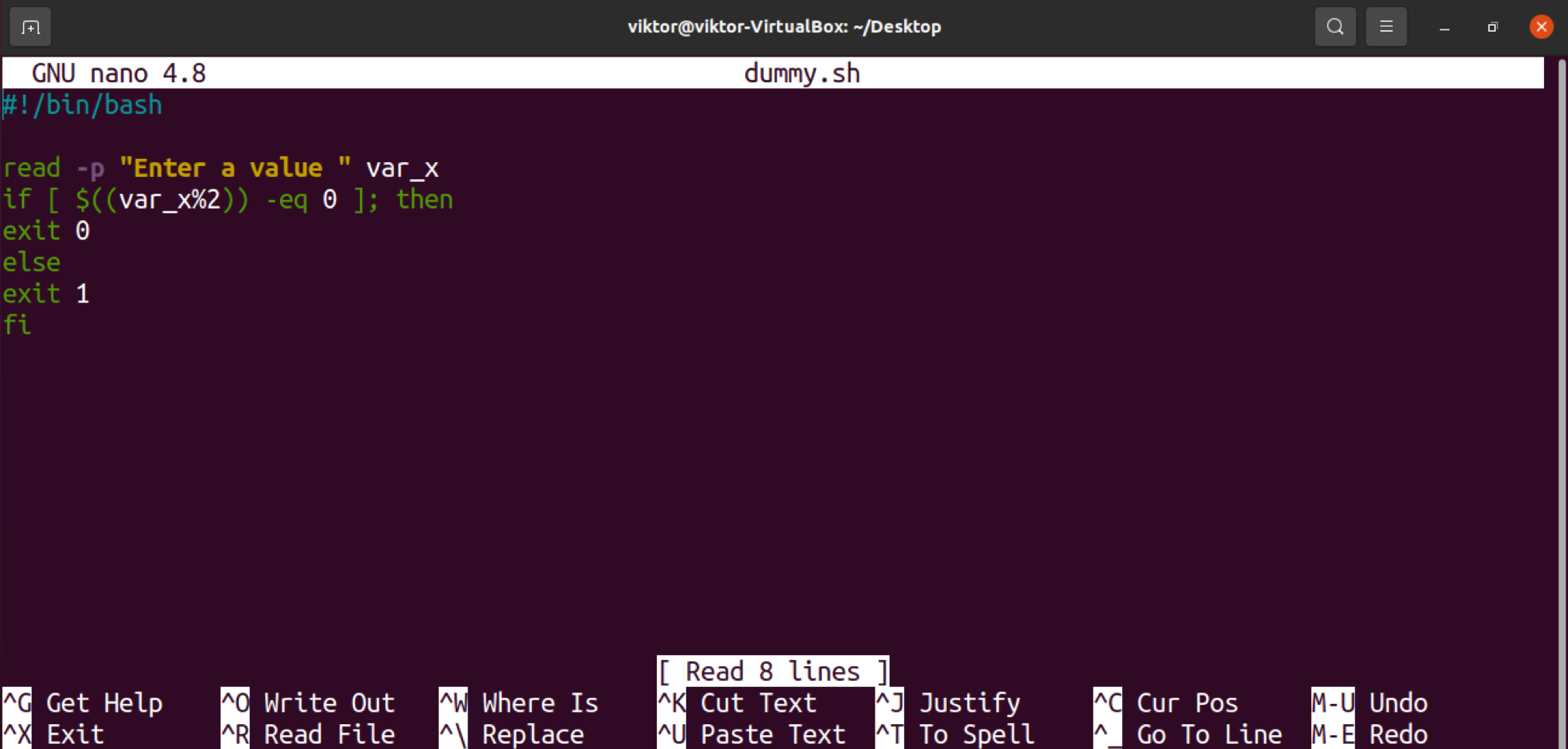
Commenting
Commenting is one of the most important things when it comes to making sense of codes. Comments should explain various parts of the code, especially when it’s a complex one. It’s effortless to get confused about multiple parts of the code, even your own codes. If it’s a big project and others will probably work on the same code in the future.
For example, here’s a sample script with and without comments.
# check username existence
grep ^$username: /etc/passwd
if [ $? != 0 ]; then
echo "No such user: $username"
exit 1
fi

grep ^$username: /etc/passwd
if [ $? != 0 ]; then
echo "$username not found"
exit 1
fi
Return code if anything goes wrong
When something goes wrong, returning a non-zero value is always a good idea. A code can run awry at any point, especially with conditionals. Having a return code to work with can save a ton of hassle. It makes debugging more effective.
In this example, we’ll determine whether a number is odd or even. Instead of printing output, the exit code will signal what the result was.
read -p "Enter a value " var_x
if [ $((var_x%2)) -eq 0 ]; then
exit 0
else
exit 1
fi
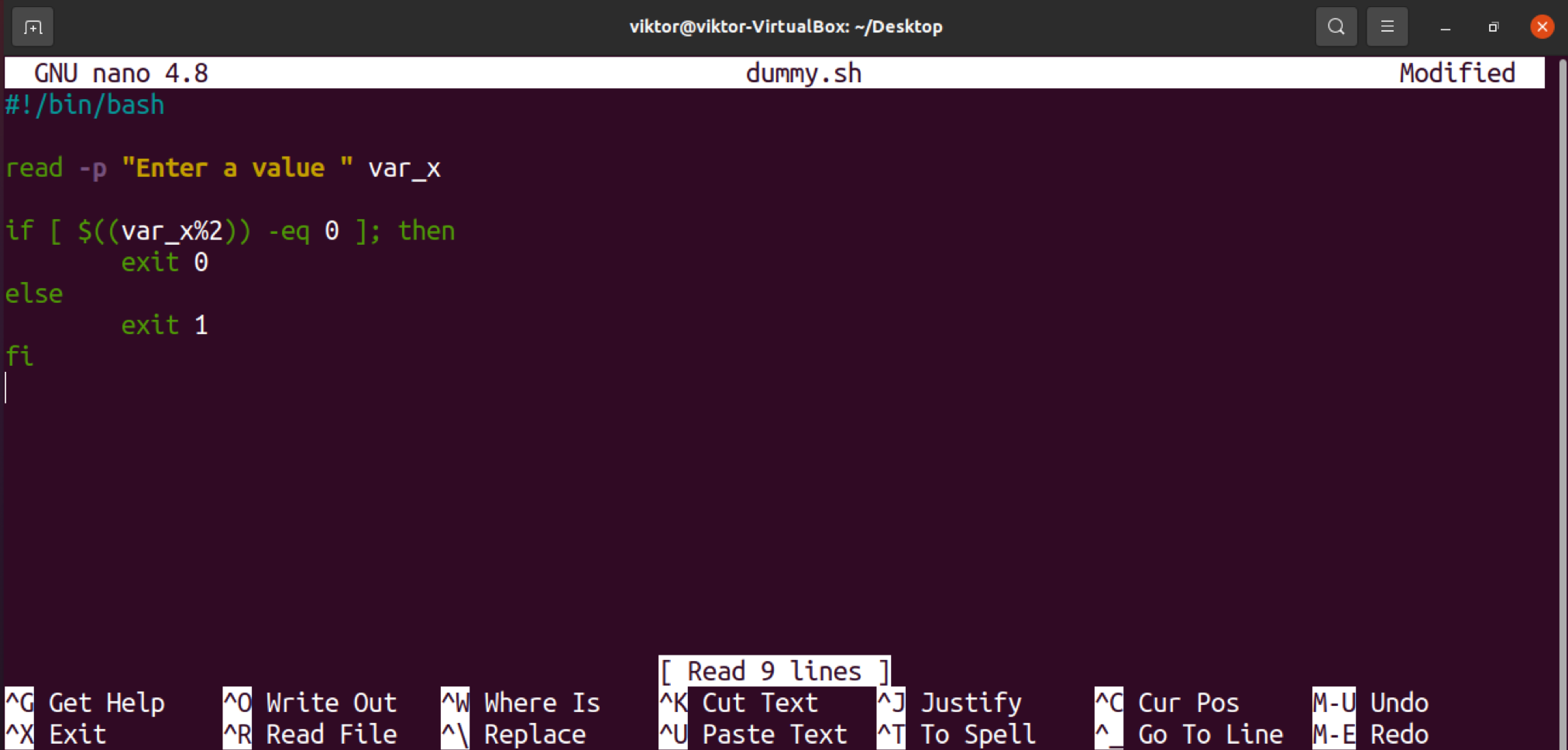

The script exists upon error
In many situations, bash will continue executing the script even when a specific part fails, impacting the rest of the script badly.
To ensure that the script exists upon facing some fatal error, it’s recommended to have the following lines at the start.
At times, bash may also try using an undeclared variable, causing a logical error. Using the following command will ensure that bash will stop executing the script if it uses an undeclared variable.
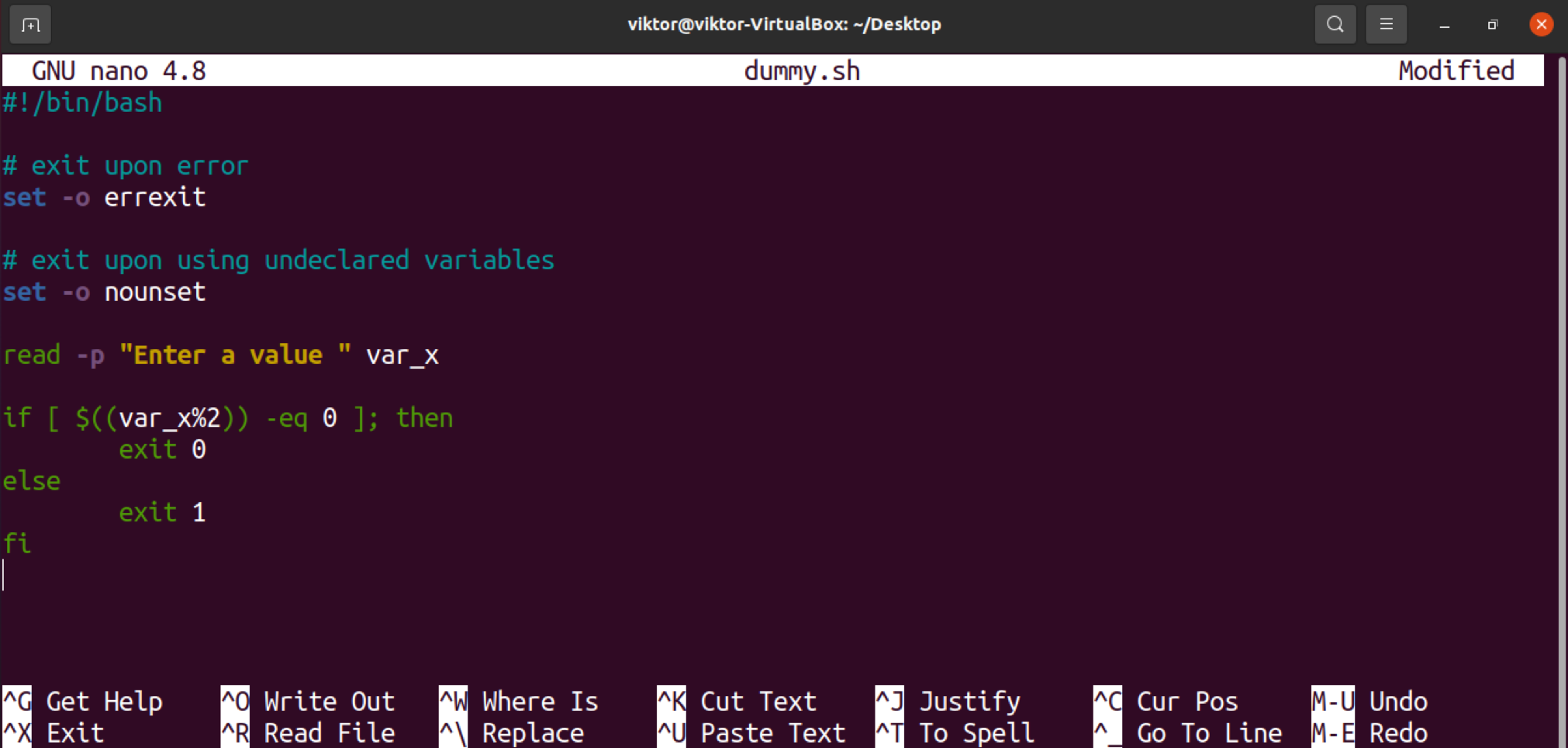
Command substitution
In situations, you may need to work with the output of a particular command. We can do it using the command substitution.
Command substation has different ways of implementation.


It’s always recommended to use the second option
Meaningful variable name
Variables are an integral part of a complex bash script. Every variable should have a proper name that signifies its usage.
Often name patterns may also time; people will avoid typing a few extra characters in exchange for short-term time gain. However, such a practice is a recipe for disaster. When it comes to the long-term maintenance of such code, it can be complicated to make a sense of purpose of a variable.
It would be best if you also were consistent in naming variables. Random variable name patterns may also lead to confusion in the future.
Look at the two sample codes, both doing the same task. Which code is better to understand and work with?
read -p "Enter length:" x
read -p "Enter width:" y
z = $[$x*$y]
echo "Area: $z"
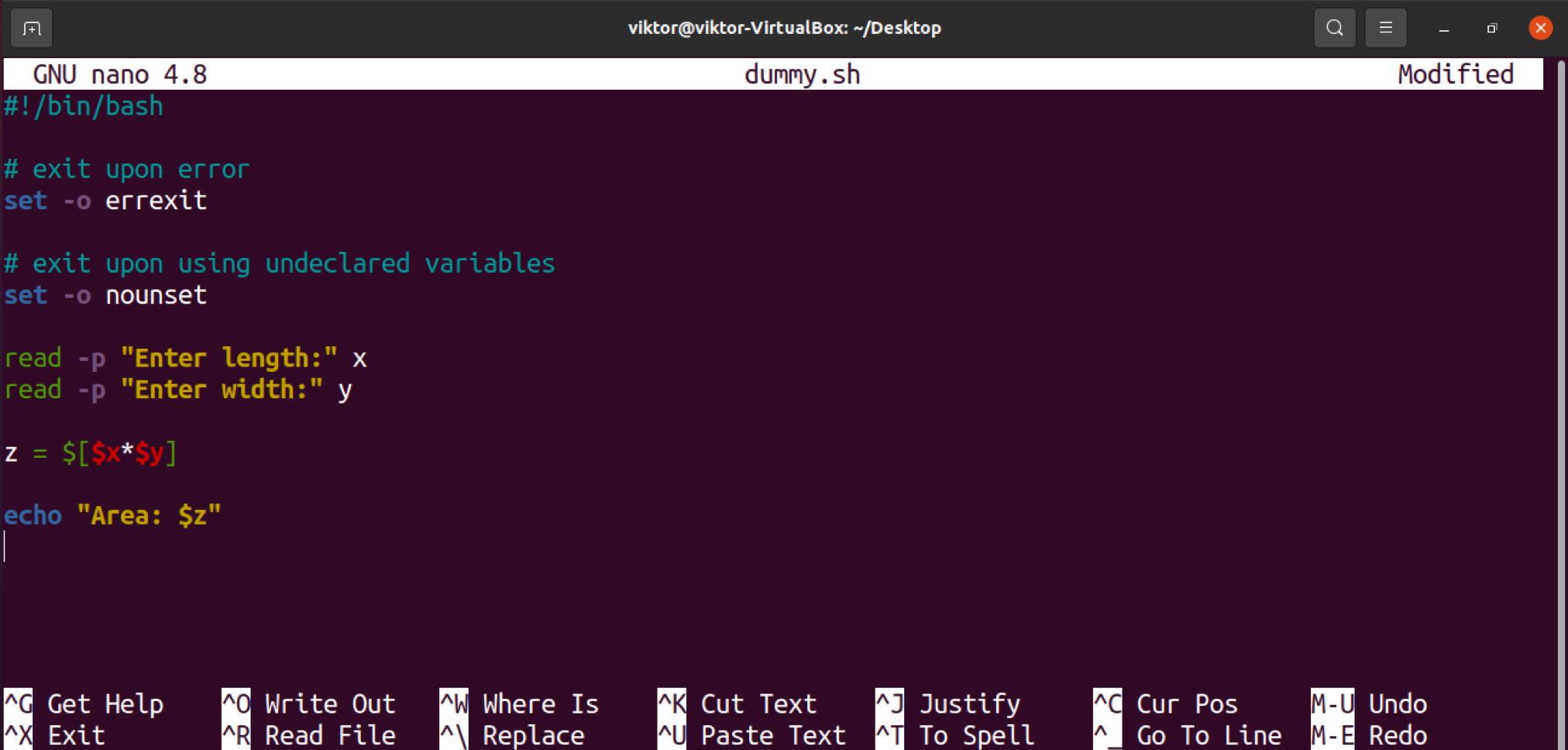
read -p "Enter length:" length
read -p "Enter width:" width
area = $[$length*$width]
echo "Area: $area"
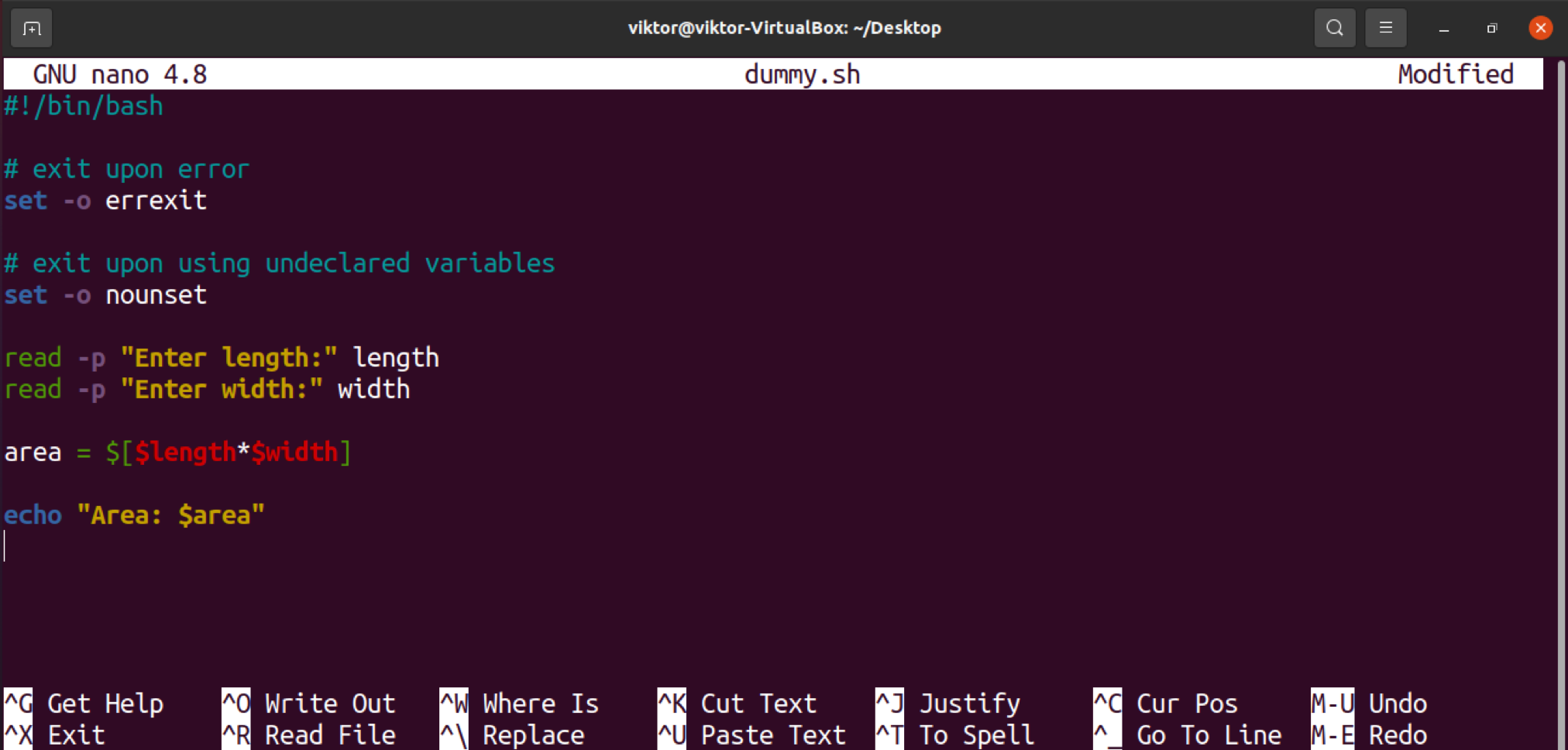
In bash, all the environment variables are named with uppercase letters. It’s recommended to use lowercase letters for script variables to avoid conflicts.
Using functions
In bash programming, a function is a way to group commands that can be executed later. It helps reducing code repetition. Functions also make the code more readable and maintainable.
Now, there are specific scenarios where functions make sense. If you’re using a handful of focused commands, setting up a function can save you a lot of trouble. If you’re using only one command, then having a function has no impact on efficiency.
Same as variables, the function names should be meaningful.
local var_x
read -p "Enter number" var_x
read var_x
if [ $((var_x % 2)) -eq 0 ]; then
echo "even"
else
echo "odd"
fi
}
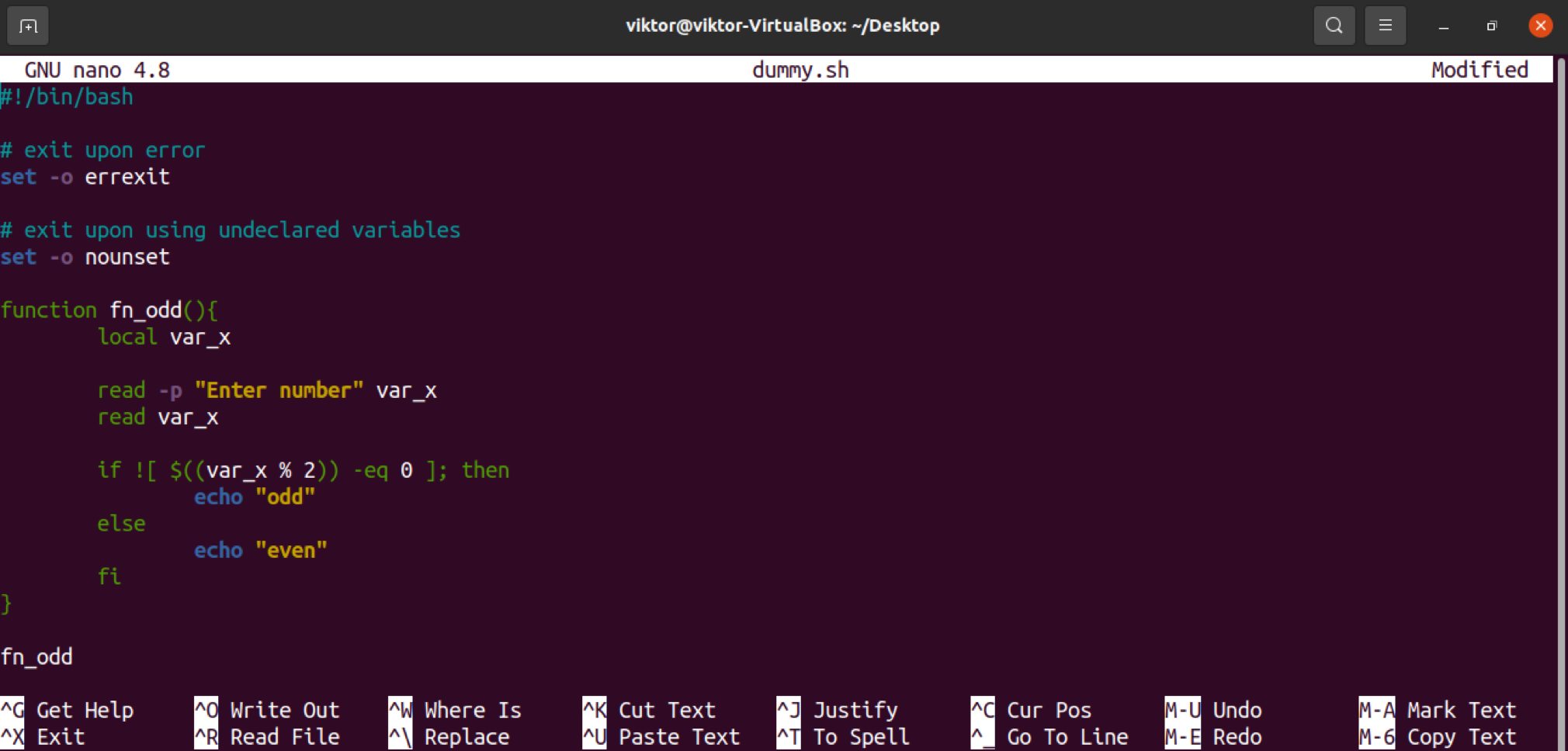
Argument types
In bash, there’s no fixed way of declaring a variable type. It may give rise to comparing variables of conflicting data types. Ensuring that the variables and arguments are the same expected type will save you a lot of headaches.
In the following example, the script will print out whether the argument is a number or not.
then
echo "ERROR: not number"
exit 1
fi

Missing arguments or wrong argument order
It’s always a good idea to assume that user input will probably have incorrect data, no matter what. The probability is higher when the user needs to input more than one argument.
You need to have error correction mechanisms at the user input points to avoid catastrophe due to wrong user input. Make the instruction clear on what the user is supposed to do.
Proper output
When running your scripts, people should know what they need to know. They shouldn’t have to read your code to understand its purpose or what it’s doing.
There should be feedback on the screen explaining what’s going on behind the scenes at every step. For example, what would the user experience be if the package manager didn’t print any meaningful output at various stages of its operation?
Debugging
After writing the script, bash can check the script syntax for errors without execution. To perform a syntax check, use the following bash command.

Alternatively, the shebang can enable the syntax to debug mode.
To run bash on debug mode, use the “-x” flag.

It can also be a part of the shebang.
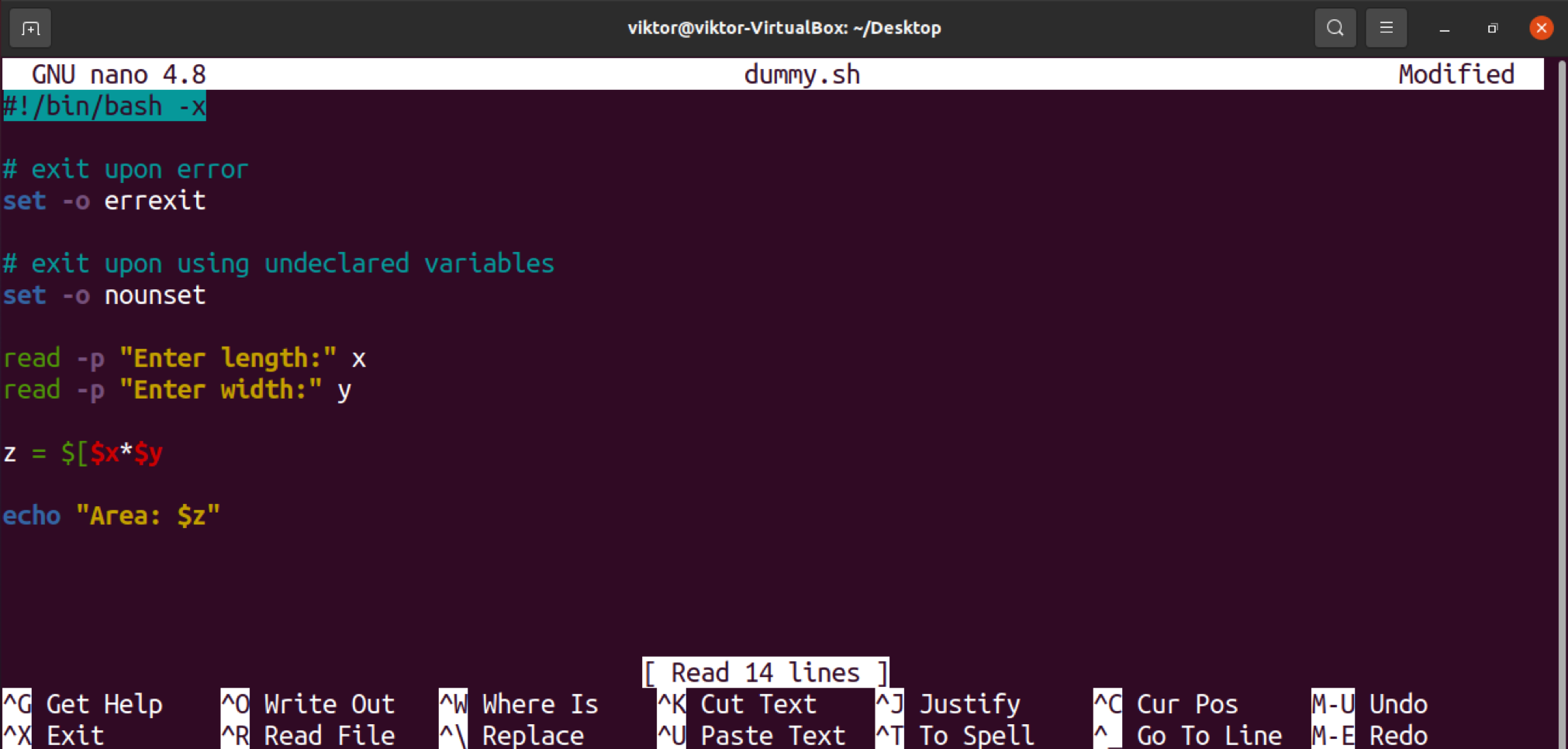
Final thoughts
These are only a handful of bash programming practices. These are simple yet powerful habits to develop. These tricks will ensure that your bash scripts are optimized, readable, and reliable. You want your shell scripts to be simple and straightforward—no need to squeeze out as much as possible using very exotic syntax or shell commands.
Happy computing!
from Linux Hint https://ift.tt/3pCHK1j




0 Comments